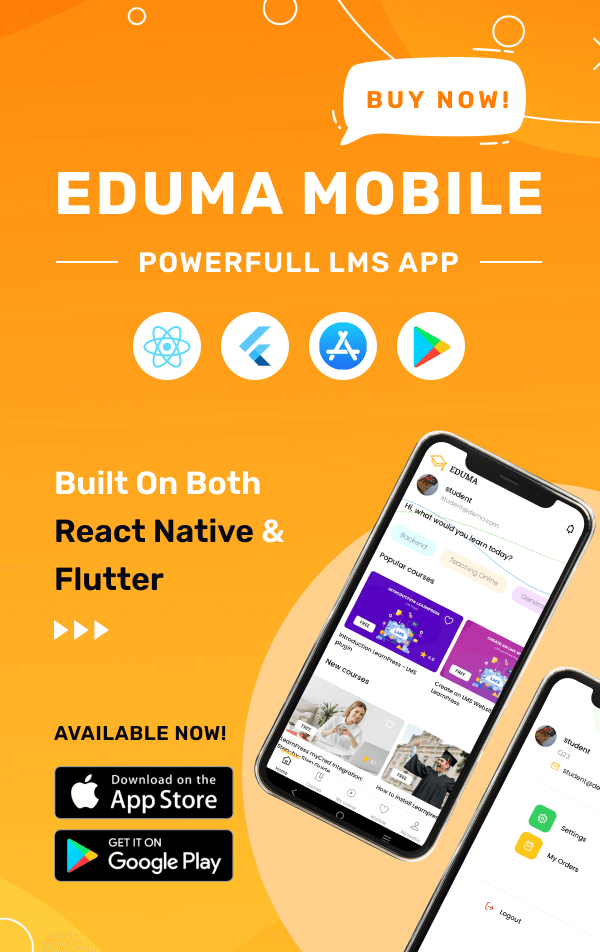Speed Reading for the Busy Employee: A Practical Guide to Self-Development Without Extra Time
In a world overflowing with information and tight deadlines, many employees struggle to find time for self-development. Between meetings, emails, and personal commitments, reading for growth often takes a back seat. But what if there was a way to learn more in less time? That’s where speed reading comes in — a powerful skill that helps you absorb knowledge quickly and efficiently, without needing to carve out extra hours in your day.
1. What is Speed Reading?
Speed reading is the ability to process and understand written information faster than the average reading pace. While most people read at about 200–250 words per minute, speed readers can double or even triple that rate — while still retaining comprehension.
2. Why Busy Professionals Should Learn It
- Save time: Read reports, articles, or books in half the time.
- Stay ahead: Keep up with industry trends, emails, and updates effortlessly.
- Reduce overwhelm: Clear your reading backlog faster and with less stress.
- Boost career development: Learning more = growing faster in your role.
3. Simple Techniques to Get Started
● Minimize Subvocalization
Many people “say” words in their heads as they read. Try to reduce this habit by focusing on blocks of words instead of each individual word.
● Use a Pointer or Your Finger
Guide your eyes using your finger or a pen while reading — it helps maintain focus and increase speed.
● Expand Peripheral Vision
Practice reading in chunks. Train your eyes to recognize groups of words at a glance rather than moving word by word.
● Preview the Text
Skim headlines, subheadings, and key points before diving in. This gives your brain a roadmap of what to expect and helps comprehension.
4. Practice Tools and Apps
- Spreeder: A web-based speed reading trainer.
- Blinkist: Summarizes non-fiction books in 15 minutes.
- Acceleread (iOS): A personalized speed reading coach.
- Outread: Helps train your reading pace while retaining information.
5. Make it a Habit
You don’t need an hour every day. Try:
- Reading 10 minutes every morning before work.
- Using your lunch break to skim an article.
- Listening to audio summaries during your commute.
Even small pockets of time add up to meaningful development over weeks and months.




